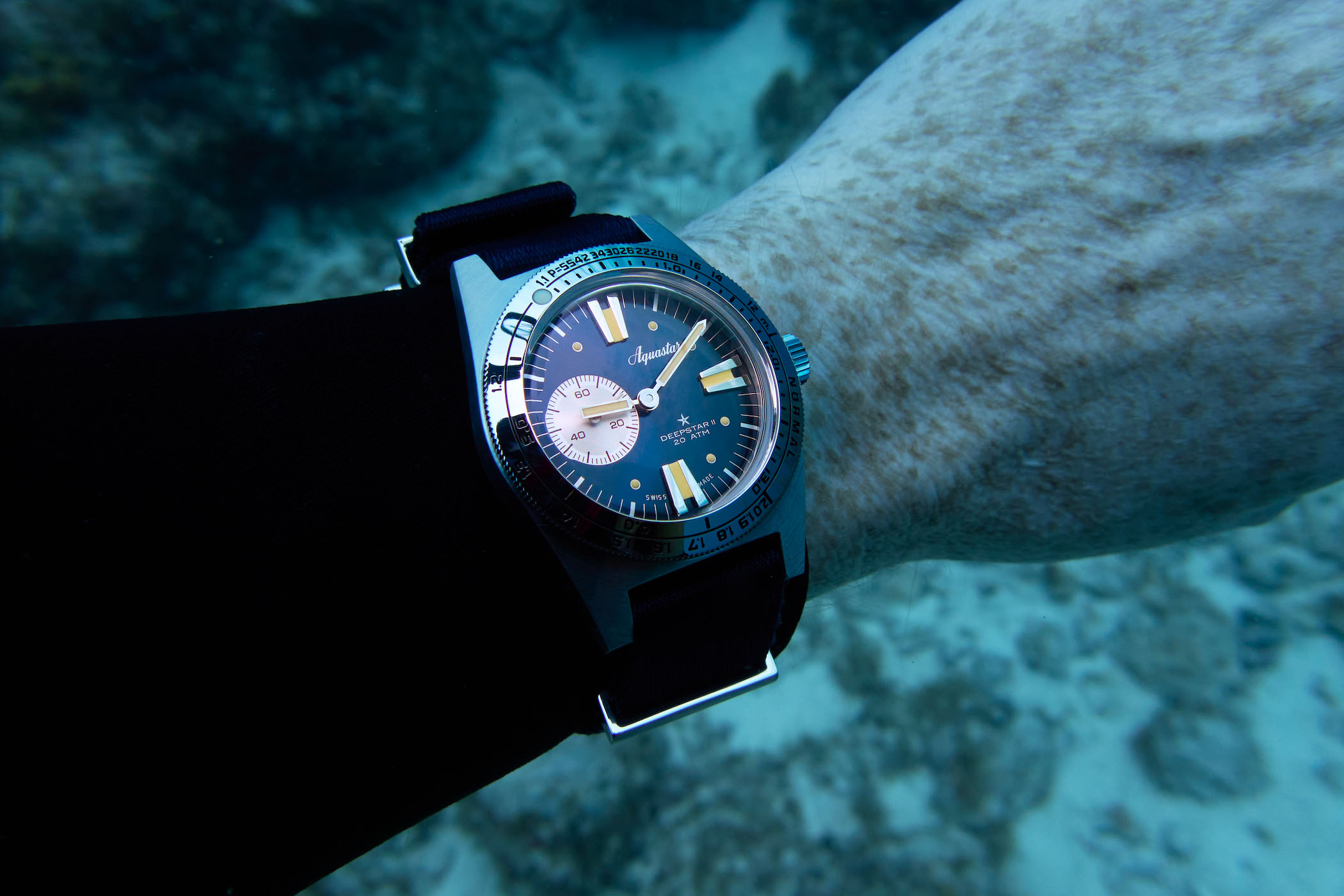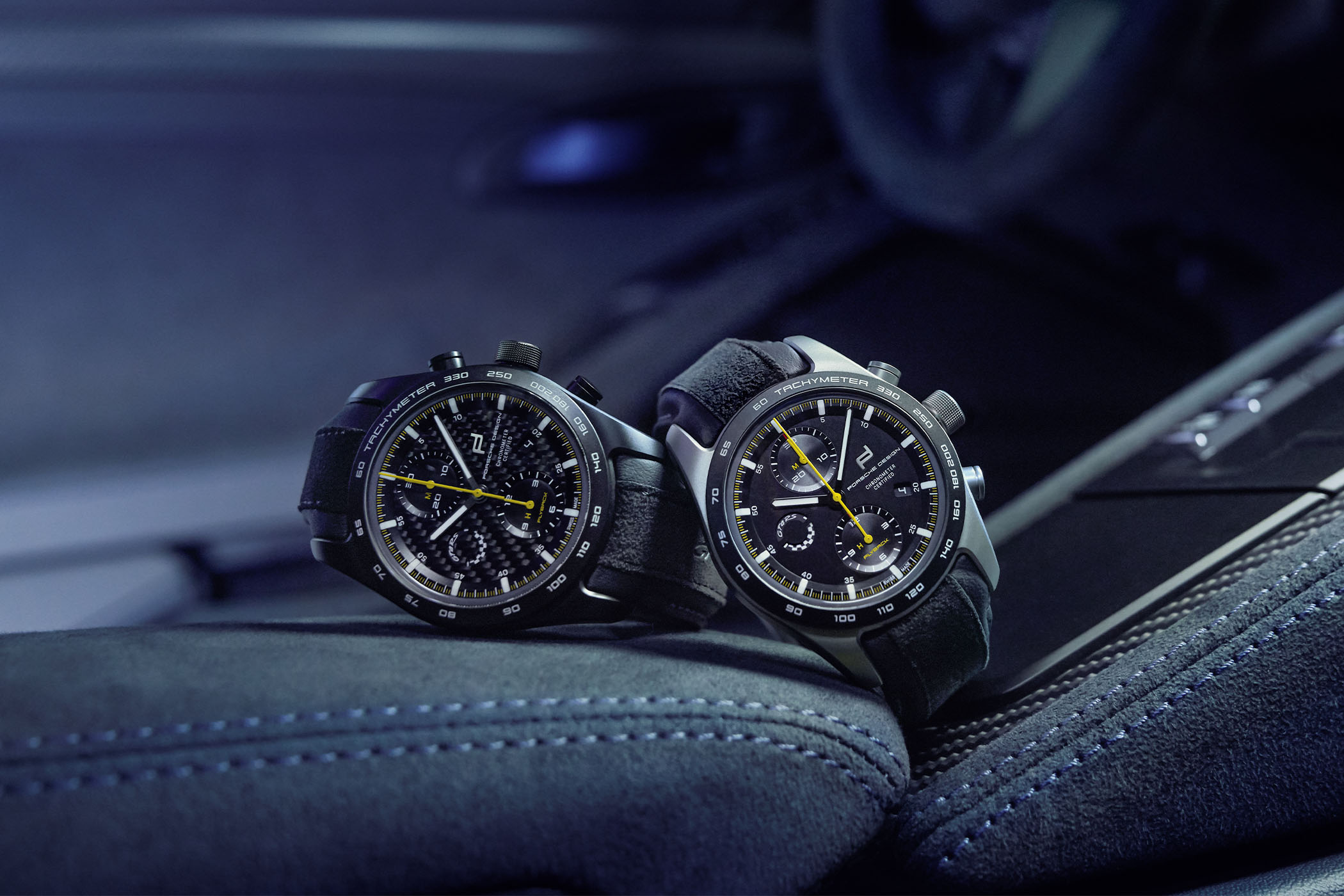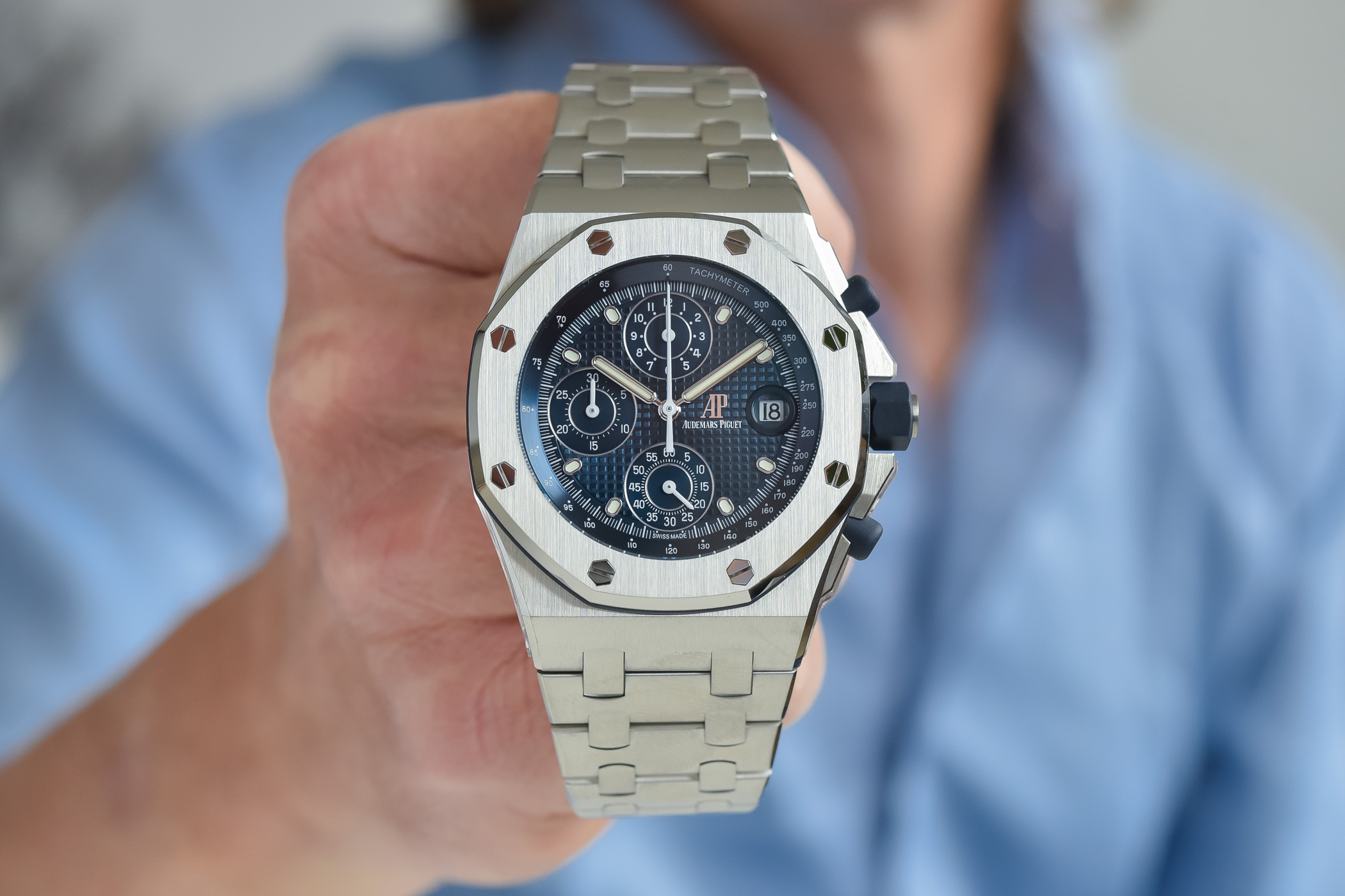Famous Bootmaker Casa Fagliano Makes Straps for Jaeger-LeCoultre
We know they make great polo boots (and more recently watch straps for Jaeger-LeCoultre), but how, where and why?

There are many reasons we love watches. For some it’s their design, for others it’s their historical significance. What really caught my imagination, when I received my grandfather’s 1960s Omega Constellation on my 21st birthday, was that somebody had actually sat at a workbench and assembled this micro-machine by hand. It blew my mind. Since then I’ve had an unrelenting appreciation for all things made by hand. My admiration only grew, as we dive deeper into a digital world where more often than not we can do things quicker and cheaper. But artisans do things for the passion, not the speed or price. They opt to do it the way it’s always been done for the pride in the work. And I love that. In the first instalment of our new series: Meet The Makers, I had the privilege of sitting down with the man at the helm of legendary Argentina bootmaker, Germán Fagliano. Enjoy.
Can you tell us little about Fagliano and your history as a maker?
Our Family comes from Cuneo, in the Piedmont region (northern Italy). They came with little baggage, but tons of hope and of course, their craft, the shoemaking knowledge. Pietro and Giacomina Fagliano came in 1884. After a few years, they finally settled in 1892 in Hurlingham, next to the Hurlingham Polo Club which had been founded only a few years earlier (1888).
Where are you guys based now?
We are still based in the same parcel where the first workshop was built. The current building of the workshop was built in 1929 and recently in 2015, we added another working space.
Did you know you would always work in the business?
Yes, I knew that somehow I would always be attached to the family business. I mean it with pride and satisfaction. I’m grateful to my father who always gave me the freedom to choose what I wanted to study and where I wanted to work.
How many craftsmen work at the workshop?
We are currently eight people (7 men and 1 woman) in-house and another three who work from their home-based workshops.
Are they predominantly local? Or do some skilled craftsman travel to join you?
All the craftsmen who work here are from Hurlingham or nearby areas. We received several resumes from apprentices from all over the world who would like to join us to learn the craft.
How do clients get in touch with you to order? I understand they have to email you or write to you?
Yes, e-mail is now our main communication tool. We receive a lot of orders via e-mail, and nowadays Instagram and Facebook have become useful tools to get in touch with customers and potential customers. We also travel to Polo tournaments around the world two or three times a year to make personal deliveries and meet current and new customers, take measurements and orders on site.
Let’s talk watch straps – how did the partnership come about with JLC initially?
Initially, we were asked by JLC to make a special design for a watch that was made originally for Polo players. We then developed a design using the same materials that we use on polo boots and everything ran on tracks from there!
Could you talk us through the process for making a Fagliano leather strap for JLC?
Yes of course. Once the leather is selected, I cut the straps using the patterns. Sophie works on the edges of the leather and puts some of the pieces together with glue. After that, my father does all the stitching. The final step is to trim the edges (Lucas, my cousin, does it) if needed and then we apply some paint on the sides. In parallel, my mom Nancy hand-stitches the keepers (I’m not sure about the actual word for this piece). It takes a whole day to make a single strap from scratch.
Who is responsible for the design process? Could you tell us how the “lip” near the lugs on your straps came to fruition?
The first design with the “lip†near the lugs was made by my father Eduardo. I’m also involved in the design process that takes place every year.
How do you select leathers?
We make a short trip to the tannery and select the finest pieces of Cordovan, then when the tanning process is finished, we select the best hides to produce the straps. The leather for the straps has to be flawless since almost no polish is applied and there is no way to cover even the tiniest flaw.
What has it been like working with such a large global brand like JLC?
It is certainly rewarding. I think we can do it because both companies share the same values: the value of the knowledge that is passed from generation to generation, the value of their craftsmen and the understanding that an excellent product is the core of the business (and not marketing, for example).
What’s next for you and Jaeger-LeCoultre?
We have a few years of partnership ahead so we are very excited to extend the bond between both brands. In terms of product, you will find out soon!
What are the challenges in making leather goods?
A lot of challenges and as much as I’m sorry to say, being in Argentina is a challenge itself. But regarding the work, getting excellent raw materials is the first one. You cannot achieve a good product with mediocre raw materials. Secondly, a well-cared manufacturing process is vital: taking the time needed, not rushing processes (even going backwards and starting over is an option) and taking special care on every detail. As you may know leather is a noble material, so every stitch has to be perfect from the beginning, you can’t make it right after. That’s why we make such an emphasis on the attention to detail.
How haS the production AND SALES process evolved over the years?
The production process is pretty much the same, everything is artisanal and handmade here. However, the sales process has changed a lot. We still keep our business strategy about not spending on advertising and let our customers and the product talk for ourselves.
Tell us A little about product extensions – I know you are now crafting gentlemen’s shoes, for example?
Yes, actually we have been doing gentlemen’s shoes since our beginnings. Being focused on polo boots lefts little time to make bespoke shoes, that’s why we decided to expand our shoe collection and produce a Ready-to-Wear line of fine men’s shoes. Available off the shelf or to order.
Are these made on site as well?
We decided that since most of our customers are from outside Argentina, this new project should be located in Europe in order to provide a better customer experience. This Ready-to-Wear collection is manufactured in Europe under our supervision in a small workshop.
Do you own a Jaeger-LeCoultre? If not, which would you go for?
I do not have a Jaeger-LeCoultre (yet!), but I would definitely go for a Reverso Boutique with the two-tone strap! I also love the new Polaris collection.


















1 response
Hay muchos artesanos en mi paÃs y muy buenos y de oficios que están en extinción y al estar tan lejos de los principales centros del mundo se hace muy difÃcil que se los conozca